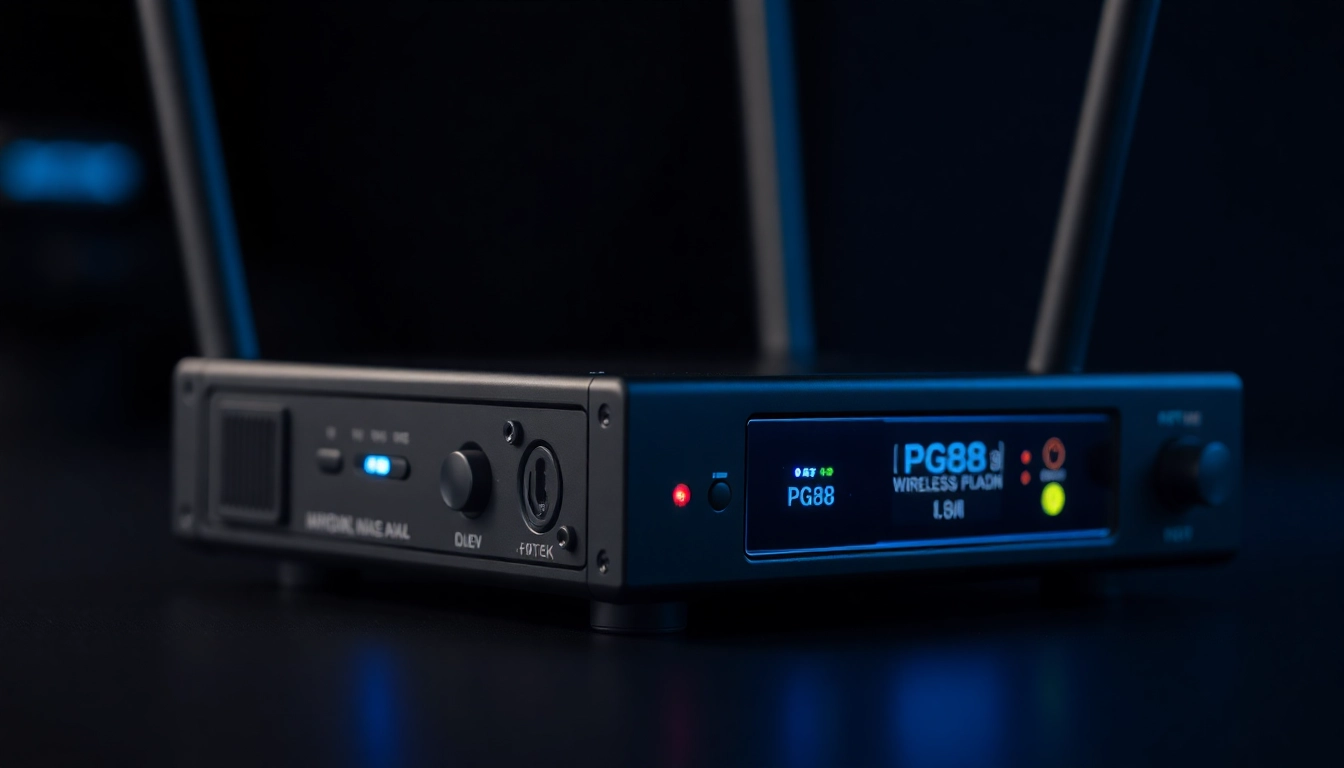Introduction to Trading View and Its Core Features
In the dynamic world of financial trading and investing, having access to precise and comprehensive charting tools is crucial for making informed decisions. trading view stands out as a premier platform that caters to both beginner traders and seasoned professionals. It combines advanced charting capabilities with social networking features, creating an ecosystem where market analysis, community interaction, and real-time insights converge. Whether you are analyzing stocks, cryptocurrencies, forex, or commodities, understanding the core functionalities of Trading View can significantly enhance your trading strategy.
Effective Use of Trading View for Technical Analysis
Understanding Candlestick Charts and Indicators
At the heart of Trading View’s visual analysis tools lie candlestick charts, which provide traders with detailed insights into market price action. Each candlestick encapsulates open, high, low, and close prices within a specified timeframe, enabling traders to identify market sentiment and potential reversals. Trading View offers an extensive library of technical indicators—such as Moving Averages, RSI, MACD, Bollinger Bands, and Fibonacci Retracements—that can be layered onto these charts. Mastery of these indicators allows traders to discern trends, momentum, and overbought or oversold conditions, forming the foundation of a disciplined trading approach.
For example, combining MACD divergence with candlestick patterns like Doji or Hammer can signal upcoming trend reversals, giving traders an edge in timing entries and exits. Trading View’s intuitive interface makes it easy to apply, customize, and interpret these tools, even for those new to technical analysis.
Customizing Charts for Better Insights
Personalization is key to effective analysis. Trading View provides extensive customization options, including multiple chart layouts, color schemes, timeframes, and add-ons. Traders can tailor their workspace by creating custom watchlists, saving templates, and setting specific indicators configurations. This flexibility allows for quick comparison across different assets and timeframes, improving pattern recognition and decision-making efficiency.
Moreover, Trading View’s drawing tools—such as trend lines, channels, Fibonacci arcs, and shapes—enable traders to mark significant levels and visualize potential support and resistance zones. Customizations like these streamline analysis, reduce clutter, and help traders develop a clear visual narrative for market movements.
Utilizing Alerts and Automated Trading Features
Market conditions can change rapidly; hence, timely alerts are vital. Trading View allows users to set customizable alerts based on price levels, indicator crossings, or drawing tools. These alerts can be sent via notifications, emails, or even SMS, ensuring traders never miss critical developments.
For advanced traders, Trading View supports automated trading through integrations with brokers and trading bots. This capability automates strategies like breakout detection or momentum trades, reducing emotional bias and enhancing consistency. By leveraging alerts and automation, traders can maintain a proactive stance and optimize their trading execution.
Advanced Strategies Using Trading View Data
Integrating Multiple Market Data Sources
Effective trading often involves synthesizing data from various markets. Trading View facilitates the integration of multiple asset classes—stocks, cryptocurrencies, forex, futures—within a unified platform. This facilitates cross-market analysis, helping traders identify correlations and divergences that can inform broader strategies.
For instance, a trader might analyze Bitcoin’s price action alongside stock indices to anticipate macroeconomic shifts or hedge positions accordingly. Managing multiple data streams on a single interface saves time and promotes a holistic market perspective.
Applying Pattern Recognition and Trend Lines
Recognizing chart patterns such as Head and Shoulders, Double Tops/Bottoms, and Ascending/Descending Triangles is central to technical analysis. Trading View’s pattern tools and drawing capabilities assist traders in visually identifying these formations, which often precede significant price moves.
Trend lines and channels further enhance this analysis by delineating support and resistance levels, helping traders anticipate breakout or breakdown scenarios. Combining pattern recognition with trend analysis can lead to early entries or exits with favorable risk-to-reward ratios.
Backtesting Trading Strategies on Trading View
One of Trading View’s most powerful features is its ability to backtest strategies using historical data. Traders can develop custom scripts using Pine Script, Trading View’s proprietary programming language, to automate entry and exit rules and evaluate their effectiveness over extensive datasets.
This process enables traders to refine strategies without risking real capital. Regular backtesting builds confidence and helps adapt strategies to changing market conditions, making Trading View an invaluable tool for systematic trading approaches.
Leveraging Trading View’s Social Features
Sharing Ideas and Analyzing Community Feedback
One of Trading View’s distinguishing characteristics is its vibrant community. Traders share their analyses, ideas, and trade setups through the platform’s social feed. Engaging with this community exposes traders to diverse viewpoints, real-world trade ideas, and market sentiment insights.
Reviewing community ideas can inspire new strategies, validate your analysis, or challenge existing assumptions, fostering continuous learning and improvement.
Participating in Trading View Community Discussions
Active participation—such as commenting on ideas, asking questions, or contributing original analyses—can accelerate skill development and expand your network. The platform encourages constructive exchanges, and by sharing your expertise, you can establish credibility within the trading community.
Building Your Trading Network
Over time, consistent engagement helps build a network of like-minded traders, mentors, and potential collaborators. This ecosystem can be a source of motivation, feedback, and new trading opportunities. Additionally, showcasing your analysis can attract followers, increasing your influence and opening doors for collaborative ventures.
Optimizing Trading View for Different Asset Classes
Stocks and Indices Analysis Techniques
For stocks and index analysis, Trading View offers extensive fundamental and technical tools. Investors often focus on Moving Averages, Earnings Reports, and economic indicators to complement charting data. Combining these with technical signals like Breakouts or RSI divergences enhances decision quality.
Cryptocurrency and Forex Trading Strategies
Cryptocurrencies and forex markets are notably volatile, demanding real-time analysis and swift execution. Trading View’s high-frequency alert system and live charts assist traders in seizing short-term opportunities. Technical tools like Bollinger Bands, volume analysis, and oscillators are favored for identifying entry points in these markets.
Futures and Commodities Market Insights
Futures and commodities introduce unique challenges due to macros and geopolitical influences. Trading View’s integration of global economic indicators, supply-demand data, and seasonal trends supports traders in developing strategies that adapt to macroeconomic shifts. Chart patterns like wedges or flags frequently signal potential breakouts or reversals in these markets.



